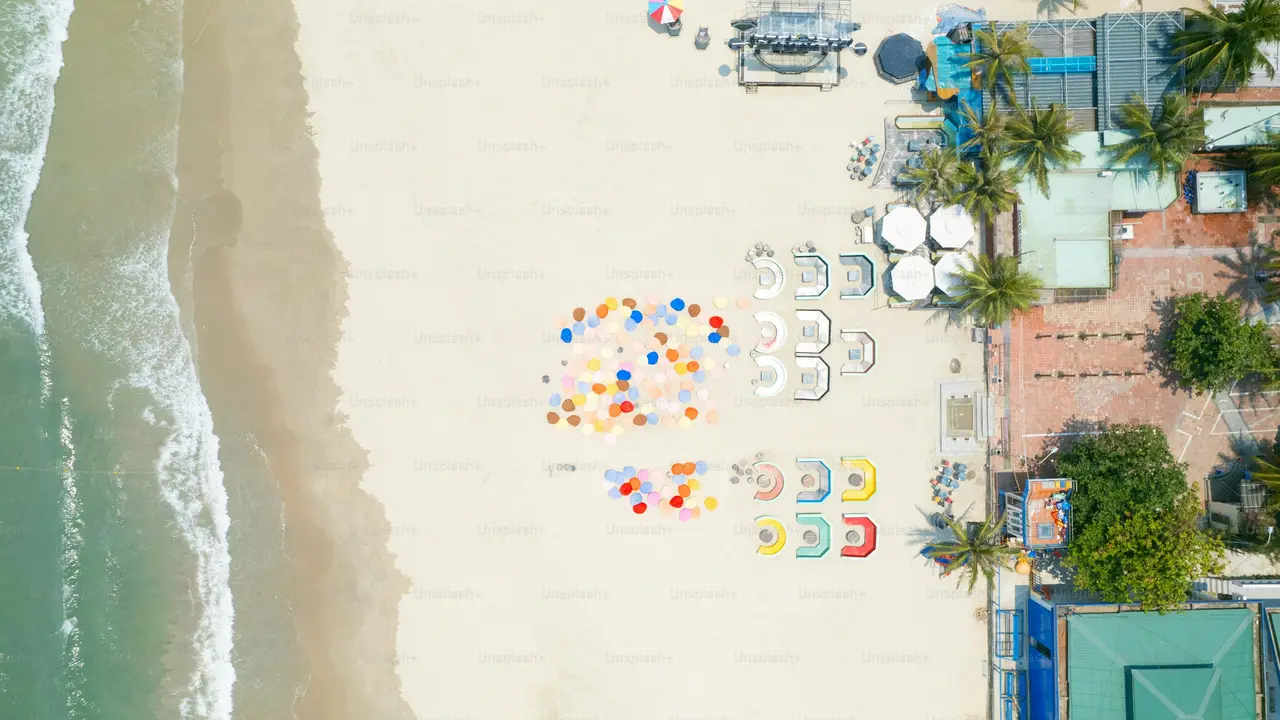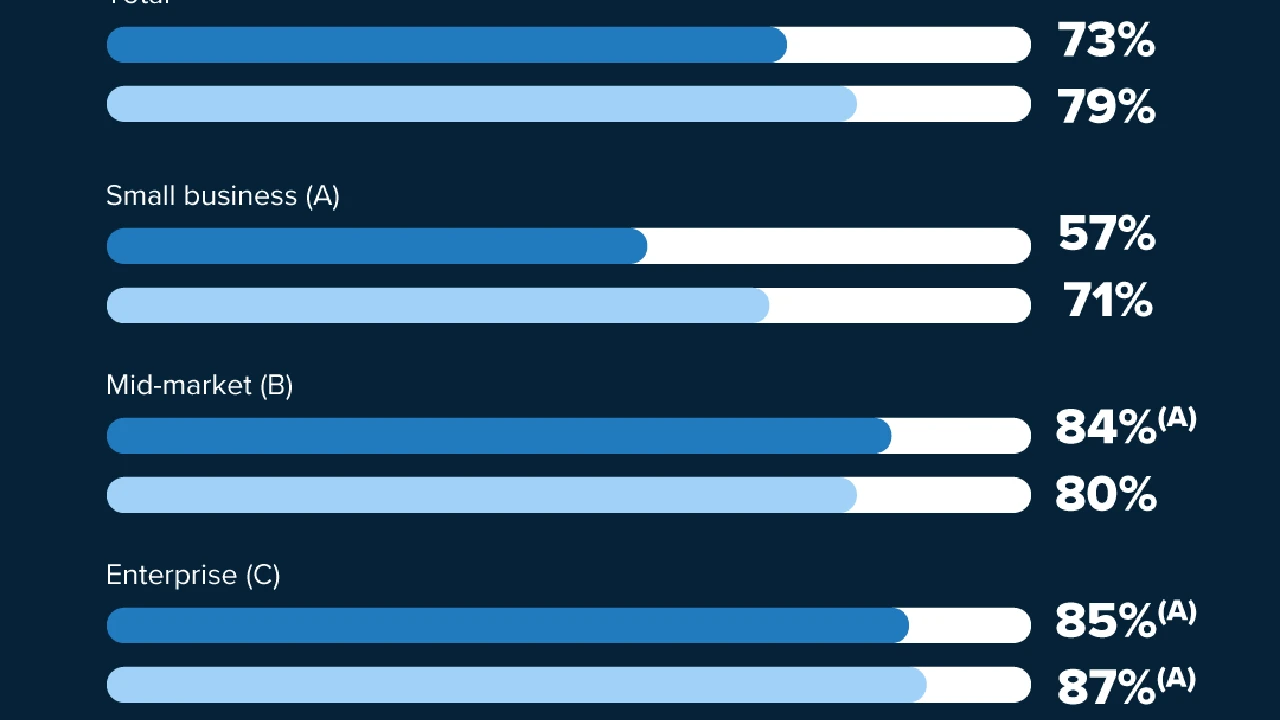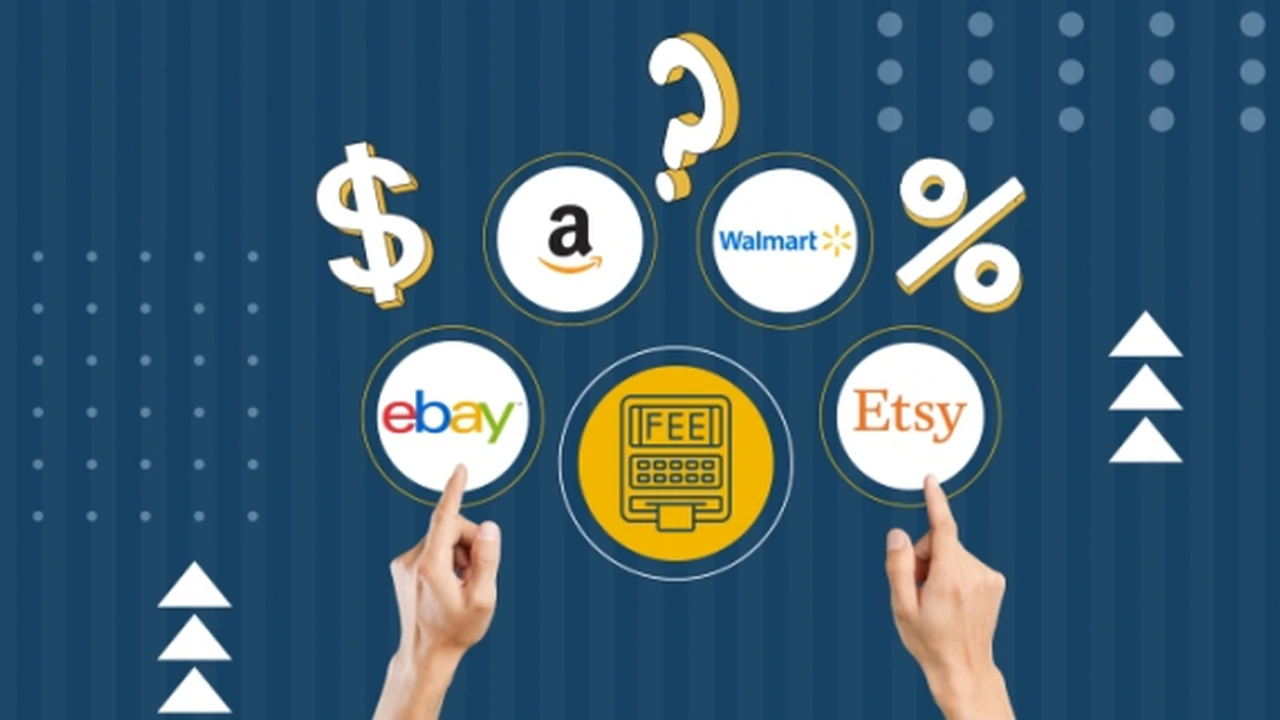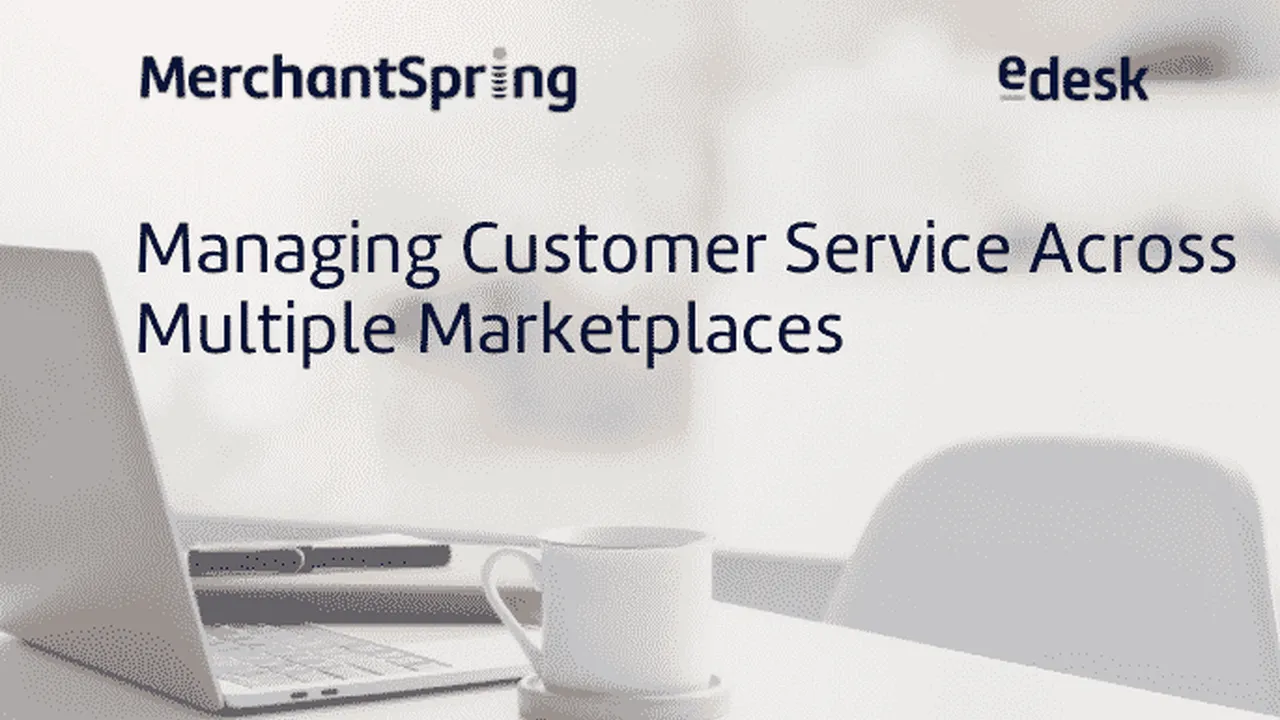7 Effective Marketing Strategies for Online Shops in SEA & Mexico in 2025
Sample meta description.

Understanding the SEA & Mexico Online Shopping Landscape in 2025
Okay, so it's 2025. The online shopping game in Southeast Asia (SEA) and Mexico is a whole different beast than it was even a few years ago. We're talking about mobile-first consumers, booming e-commerce platforms, and a craving for personalized experiences. You’ve got to know your audience! Think hyper-localized marketing. What resonates in Bangkok might flop in Mexico City. Forget blanket strategies; it’s all about understanding the nuances of each market. We're seeing a huge surge in social commerce, live shopping, and influencer marketing. Forget about just throwing up some ads and hoping for the best. You need to be where your customers are, and that's usually on their phones, scrolling through their feeds.
Strategy 1: Mastering Mobile-First Marketing for E-commerce in SEA & Mexico
Mobile is king, queen, and the entire royal court. If your online shop isn't optimized for mobile, you're basically invisible. We're talking about fast loading times, responsive design, and a seamless mobile checkout experience. Think about it: many people in SEA and Mexico access the internet primarily through their smartphones. A clunky desktop website won't cut it. Consider Accelerated Mobile Pages (AMP) to boost loading speeds. Optimize your images. Make sure everything is finger-friendly. And don't forget about mobile-specific payment options. Think e-wallets and local payment gateways.
Strategy 2: Leveraging Social Commerce Trends in Southeast Asia & Mexico
Social commerce is where it's at! We’re talking about selling directly through social media platforms like Facebook, Instagram, and TikTok. Think shoppable posts, in-app checkouts, and influencer collaborations. In SEA, platforms like Shopee and Lazada have integrated social features, allowing users to buy directly within the app while watching live streams or browsing feeds. In Mexico, Facebook Marketplace and Instagram Shopping are gaining serious traction. Run contests and giveaways to generate buzz. Use user-generated content to build trust and authenticity. And don't be afraid to experiment with different social commerce formats, like live shopping events and interactive product demonstrations.
Strategy 3: Harnessing the Power of Influencer Marketing in SEA & Mexico
Forget celebrity endorsements; micro-influencers are your new best friends. These are the everyday folks with a loyal following who genuinely trust their recommendations. They’re relatable, authentic, and often have a hyper-targeted audience. Identify influencers who align with your brand values and target audience. Don't just pay them to post; build a genuine relationship. Give them creative freedom to create content that resonates with their followers. Track your results and measure the ROI of your influencer campaigns. Consider using influencer marketing platforms to find and manage your collaborations.
Strategy 4: Personalizing the Customer Experience for Online Shoppers in SEA & Mexico
In 2025, generic marketing is dead. Customers expect personalized experiences that cater to their individual needs and preferences. Use data to understand your customers' behavior. Segment your audience based on demographics, purchase history, and browsing activity. Personalize your email marketing campaigns. Recommend products based on past purchases. Offer exclusive discounts and promotions to loyal customers. And don't forget about personalized customer service. Use chatbots to provide instant support. Respond to customer inquiries promptly and efficiently. Show your customers that you care about them and their needs.
Strategy 5: Optimizing for Local Search Engines in SEA & Mexico
Don't assume that Google is the only search engine that matters. In SEA, platforms like Baidu (in some regions) and local search engines are important. In Mexico, Google is dominant, but optimizing for Spanish-language keywords is crucial. Conduct keyword research to identify the terms that your target audience is using to search for your products. Optimize your website content, including your product descriptions, blog posts, and meta descriptions. Build local citations by listing your business in online directories. Encourage customers to leave reviews on Google Maps and other review sites. And don't forget about mobile SEO. Make sure your website is mobile-friendly and loads quickly on mobile devices.
Strategy 6: Offering Localized Payment Options for Online Purchases in SEA & Mexico
Credit cards aren't always the preferred payment method. In SEA, e-wallets like GrabPay, GoPay, and Touch 'n Go are incredibly popular. In Mexico, Oxxo Pay and CoDi are gaining traction. Offer a variety of localized payment options to cater to your target audience. Integrate with local payment gateways to ensure secure and reliable transactions. Consider offering cash-on-delivery (COD) in regions where it's still prevalent. And don't forget about mobile payments. Make it easy for customers to pay using their smartphones.
Strategy 7: Building Trust and Credibility with Online Reviews in SEA & Mexico
Online reviews are crucial for building trust and credibility. Encourage customers to leave reviews on your website, social media pages, and review sites. Respond to reviews, both positive and negative, promptly and professionally. Use customer testimonials to showcase the positive experiences of your customers. Display your ratings and reviews prominently on your website. And don't be afraid to address negative reviews head-on. Show your customers that you're committed to providing excellent customer service.
Product Recommendations, Use Cases, Comparisons & Pricing for SEA & Mexico Online Shops
Let's talk specifics. Here are a few product recommendations, along with use cases, comparisons, and pricing examples relevant to the SEA & Mexico markets:
Recommended Product 1: Wireless Bluetooth Earbuds for Mobile-First Consumers
Use Case: Commuting, exercising, listening to music on the go. Extremely popular in both SEA and Mexico due to the high mobile usage.
Product Examples:
- Xiaomi Redmi Buds 4 Pro: Excellent sound quality, noise cancellation, affordable price (approx. $50 USD).
- Samsung Galaxy Buds 2: Premium features, comfortable fit, seamless integration with Samsung devices (approx. $150 USD).
- realme Buds Air 3: Stylish design, good battery life, budget-friendly (approx. $40 USD).
Comparison: The Xiaomi Redmi Buds 4 Pro offers the best value for money, while the Samsung Galaxy Buds 2 provide a more premium experience. The realme Buds Air 3 are a great option for budget-conscious consumers.
Pricing: Prices vary depending on the retailer and region. Run promotions and discounts to attract customers.
Recommended Product 2: Portable Power Banks for Reliable Mobile Charging
Use Case: Essential for areas with unreliable electricity or frequent power outages, which are still common in parts of SEA and Mexico. Ideal for travelers and outdoor enthusiasts.
Product Examples:
- Anker PowerCore 10000: Compact, reliable, and offers multiple charges for smartphones (approx. $30 USD).
- Xiaomi 20000mAh Power Bank 3 Pro: High capacity, fast charging, and can charge multiple devices simultaneously (approx. $50 USD).
- Romoss Power Bank Sense 8+: Affordable, good capacity, and features multiple USB ports (approx. $25 USD).
Comparison: The Anker PowerCore 10000 is a great all-around option, while the Xiaomi 20000mAh Power Bank 3 Pro is ideal for those who need to charge multiple devices. The Romoss Power Bank Sense 8+ is a budget-friendly choice.
Pricing: Power bank prices are competitive. Highlight features like fast charging and high capacity to differentiate your products.
Recommended Product 3: Lightweight and Foldable Shopping Bags for Eco-Conscious Consumers
Use Case: Reducing plastic waste and promoting sustainable living. Increasingly popular in both SEA and Mexico due to growing environmental awareness.
Product Examples:
- Reusable Grocery Bags with Custom Prints: Durable, eco-friendly, and can be customized with your brand logo (approx. $5-10 USD).
- Foldable Shopping Bags with Different Designs: Convenient, lightweight, and available in a variety of colors and patterns (approx. $3-7 USD).
- Jute Shopping Bags: Natural, biodegradable, and stylish (approx. $8-12 USD).
Comparison: Reusable grocery bags with custom prints are a great way to promote your brand, while foldable shopping bags offer convenience and portability. Jute shopping bags are a more eco-friendly option.
Pricing: Shopping bags are relatively inexpensive. Offer discounts for bulk purchases and promote them as sustainable alternatives to plastic bags.
Remember to tailor your marketing messages to the specific needs and preferences of your target audience in each region. Good luck!
:max_bytes(150000):strip_icc()/277019-baked-pork-chops-with-cream-of-mushroom-soup-DDMFS-beauty-4x3-BG-7505-5762b731cf30447d9cbbbbbf387beafa.jpg)



 in SEA & Mexico.webp)


